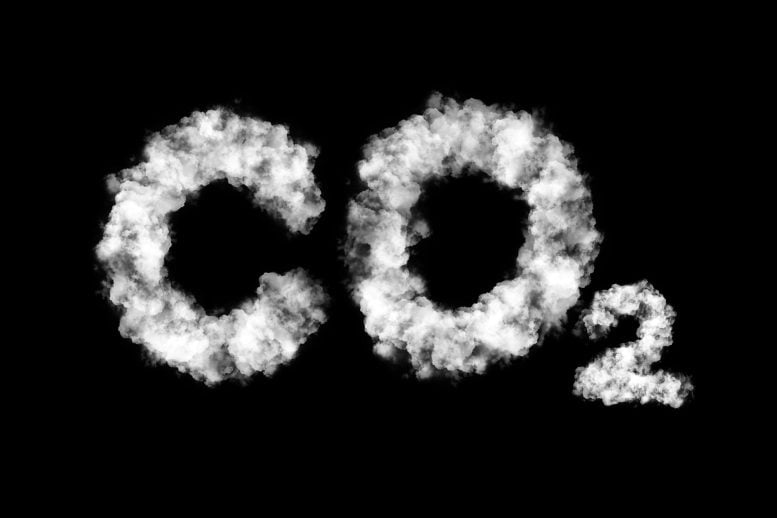
Researchers developed a method using distributor-type membrane reactors to convert CO2 emissions from small boilers into methane, significantly improving efficiency and offering a versatile tool for reducing greenhouse gas emissions.
A novel reactor design transforms CO2 emissions from small boilers into methane fuel, providing a promising strategy for addressing climate change.
Cutting carbon emissions from small-scale combustion systems, like boilers and other industrial devices, is essential for achieving a sustainable, carbon-neutral future. Boilers, which are prevalent in numerous industries for critical functions such as heating, steam generation, and power production, play a major role in greenhouse gas emissions.
Boilers are generally quite efficient. As a result, it is difficult to reduce CO2 emissions simply by improving the combustion efficiency. Therefore, researchers are exploring alternative approaches to mitigating the environmental impact of CO2 emissions from boilers. One promising strategy to this end is to capture the CO2 emitted from these systems and convert it into a useful product, such as methane.
Technological Innovations With Membrane Reactors
To implement this strategy, a specific type of membrane reactor, called the distributor-type membrane reactor (DMR), is needed that can facilitate chemical reactions as well as separate gases. While DMRs are used in certain industries, their application for converting CO2 into methane, especially in small-scale systems like boilers, has remained relatively unexplored.
This research gap was addressed by a group of researchers from Japan and Poland, who were led by Professor Mikihiro Nomura from Shibaura Institute of Technology in Japan and Prof. Grzegorz Brus from AGH University of Science and Technology in Poland. Their findings were recently published in the Journal of CO2 Utilization.
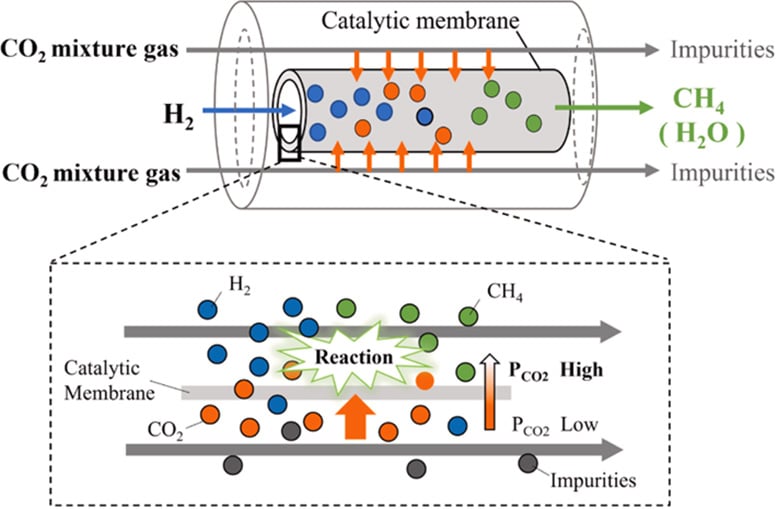
Researchers from Japan and Poland have developed a reactor design that efficiently captures CO2 emissions and converts them into usable methane fuel. This breakthrough could significantly reduce greenhouse gas emissions, paving the way for a carbon-neutral future. Credit: Professor Mikihiro Nomura from SIT, Japan
The scientists conducted a two-pronged approach to the problem through numerical simulations and experimental studies to optimize the reactor designs for efficient conversion of CO2 from small boilers into methane. In their simulation, the team modeled how gases flow and react under different conditions. In turn, this enabled them to minimize the temperature variations, ensuring that energy consumption is optimized while methane production remains dependable.
Design Innovations and Efficiency Enhancements
The research team further found that, unlike traditional methods that channel gases into a single location, a distributed feed design could spread the gases out into the reactor instead of sending them in from one place. This, in turn, results in a better distribution of CO2 throughout the membrane, preventing any location from overheating. “This DMR design helped us reduce temperature increments by about 300 degrees compared to the traditional packed bed reactor,” explains Prof. Nomura.
Beyond the distributed feed design, the researchers also explored other factors influencing the reactors’ efficiency and discovered that one key variable was the CO2 concentration in the mixture. Changing the amount of CO2 in the mixture affected how well the reaction worked. “When the CO2 concentration was around 15%, similar to what comes out of the boilers, the reactor was much better at producing methane. In fact, it could produce about 1.5 times more methane compared to a regular reactor that only had pure CO2 to work with,” highlights Prof. Nomura.
Additionally, the researchers investigated the impact of reactor size, finding that increasing the size of the reactor facilitated the availability of hydrogen for the reaction. There was, however, a tradeoff to be considered as the benefit of higher hydrogen availability required careful temperature management to avoid overheating.
The study thus presents a promising solution to the problem of tackling a major source of greenhouse gas emissions. By utilizing a DMR, low-concentration CO2 emissions can be successfully converted into usable methane fuel. The benefits gained thereof are not limited to methanation alone but can also be applied to other reactions, making this method a versatile tool for efficient CO2 utilization even for households and small factories.
Reference: “Unveil carbon dioxide recycling potential throughout distributor-type membrane reactor” by Yuya Sato, Marcin Moździerz, Katarzyna Berent, Grzegorz Brus and Mikihiro Nomura, 17 April 2024, Journal of CO2 Utilization.
DOI: 10.1016/j.jcou.2024.102763
The study was funded by the Polish National Agency, the AGH University of Krakow, and the Japan Society for the Promotion of Science.





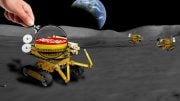
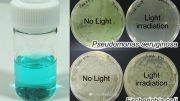
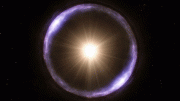

Since methane is an even more powerful greenhouse gas than CO2 it is essential that there be absolutely no leaks from this equipment. When this fuel is burned the resulting CO2 could be captured and converted to methane. I wonder if a closed-loop system could be developed?
Unless the fuel would be sequestered for close to eternity what would be the point of making the fuel? To return it to the atmosphere as carbon dioxide? Hardly seems to make any sense at all.
Makes no sense at all. CO2 is at the bottom of the energy well. It would take energy to shove it up to methane, which would then be burnt and produce CO2 again. Keh? Shades of perpetual motion dreams.